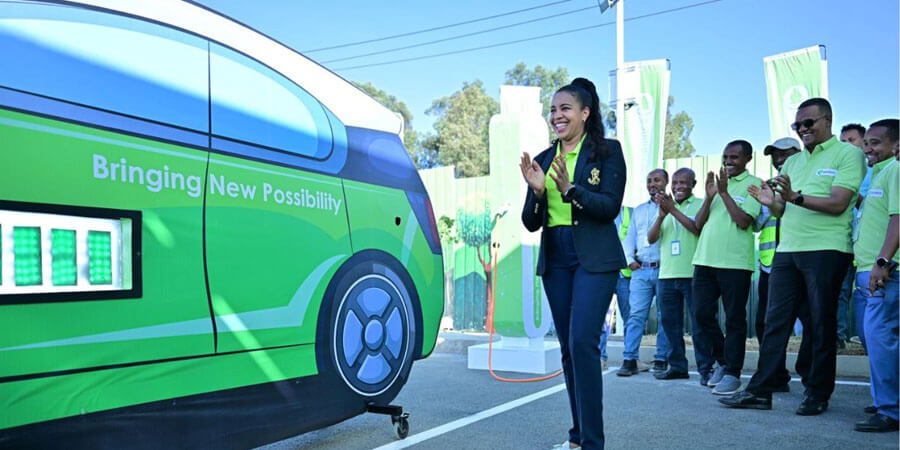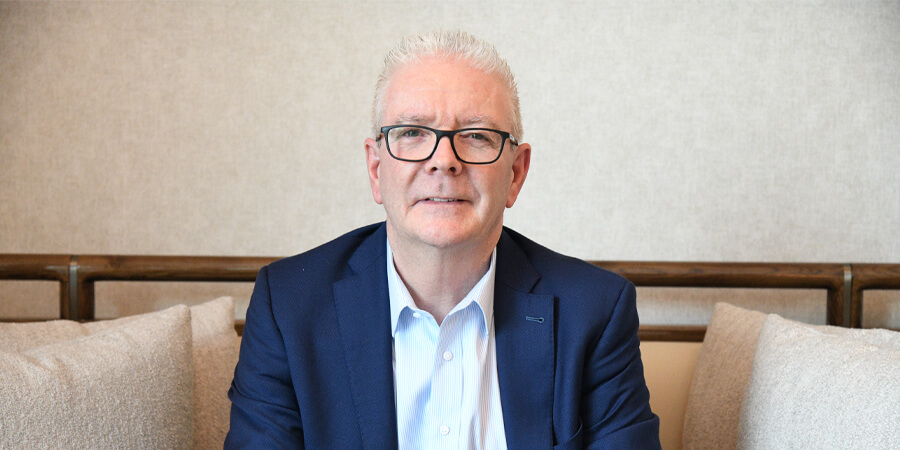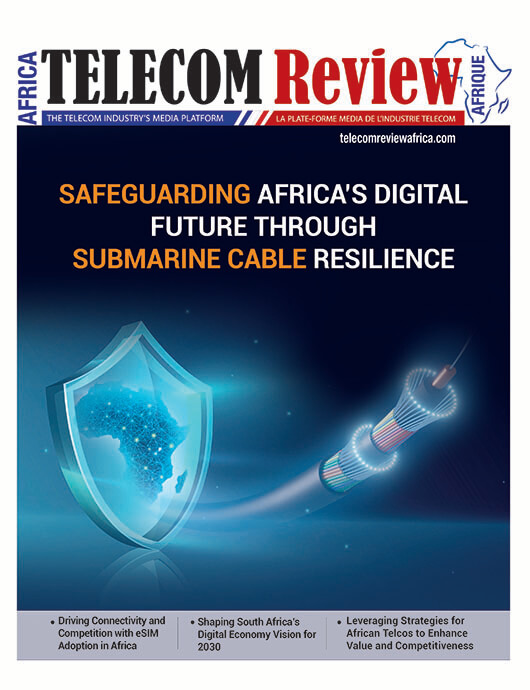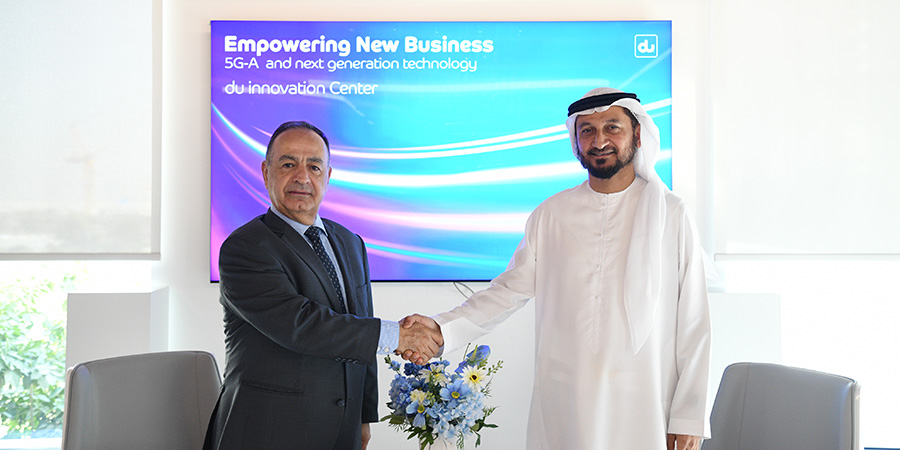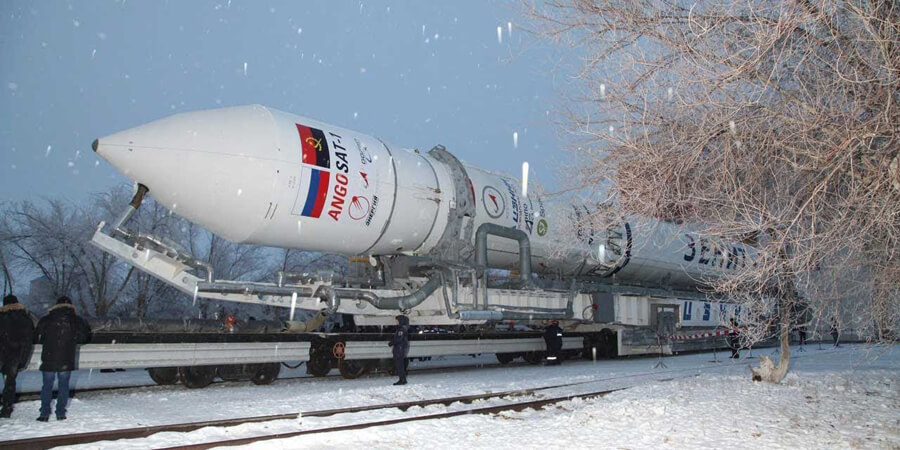Angola confirmed the premature death of its first national telecoms satellite, Angosat-1, which was launched in December and was expected to have a working life of 15 years. The Russian-made Angosat-1 struggled with repeated setbacks immediately after its launch from the Baikonur space center in Kazakhstan.
Contact with the satellite was soon lost and never recovered despite many attempts. "The satellite remained in orbit from December 26 to 30. After that we had a problem," Igor Frolov, a representative of manufacturer Energia RSC, said at a press conference in Luanda.
Angolan Telecommunications Minister Jose Carvalho da Rocha immediately announced that the satellite would be replaced by a successor - Angosat-2 - under a new agreement with Russia. "Building will begin tomorrow at no cost to Angola... it will have more capacity and be more sophisticated than its predecessor," da Rocha said, adding it would be finished in 18 months.
The Angosat project was founded by Russia and Angola in 2009 and includes a control center in a suburb of the Angolan capital Luanda. Angosat-1 had been intended to improve satellite communication, internet access and broadcasting of radio and television across Africa.












